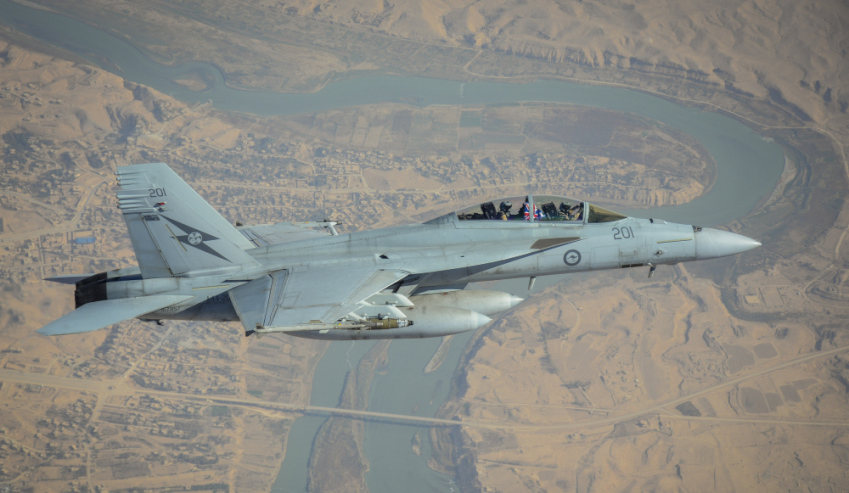The US Navy has engaged Boeing and Lockheed Martin to develop infrared search and track (IRST) sensors for the F/A-18E/F Super Hornet fighter aircraft to enhance the combat lethality of the aircraft.
To continue reading the rest of this article, please log in.
Create free account to get unlimited news articles and more!
Officials from the US Navy's Naval Air Systems Command announced a US$55 million contract to design and build the ISRT Block II low-rate initial production (LRIP) III systems to enable the Super Hornets to detect, track and attack enemy aircraft through the cloak of low observability, increasing both the survivability and combat lethality of the platform.
The Super Hornet combat aircraft IRST is a long-wave infrared detection system that targets enemy aircraft in conditions where the Super Hornet cannot use its radar.
IRST passive search systems consist of a passive long-wave infrared receiver, a processor, inertial measurement unit and environmental control unit. The infrared receiver, processor and inertial measurement unit fit inside the sensor, which attaches to the front of the fuel tank mounted to the aircraft on the BRU-32 bomb rack.
The US Navy developed the IRST Block I using components from Boeing's F-15K/SG infrared receiver, building on the IRST system design first developed and introduced for the retired F-14 Tomcat fighter. IRST Block II incorporates improvements to the infrared receiver and updated processors.
IRST systems provide autonomous tracking data that increases pilot reaction time and enhances survivability by ensuring first-look, first-shoot capability for the Super Hornets.
Infrared sensors like the IRST system detect the heat from an aircraft's engine exhaust or even the heat generated by the friction of an aircraft as it passes through the atmosphere. Unlike radar, infrared sensors do not emit electronic signals, and do not give away their presence to adversaries.
The introduction of this capability will enable Super Hornet pilots to identify enemy aircraft at increased long-ranges, and enable them to fire their air-to-air missiles at their maximum range, engaging enemy aircraft before the Super Hornets are in the range of their adversary's ordnance.
Data from the IRST system can stand alone or fuse with the Super Hornet's other onboard sensor data situational awareness. Lockheed Martin is developing an IRST pod that can be fitted to the F-15C and F-16 jet fighters.
Stephen Kuper
Steve has an extensive career across government, defence industry and advocacy, having previously worked for cabinet ministers at both Federal and State levels.

 Login
Login








